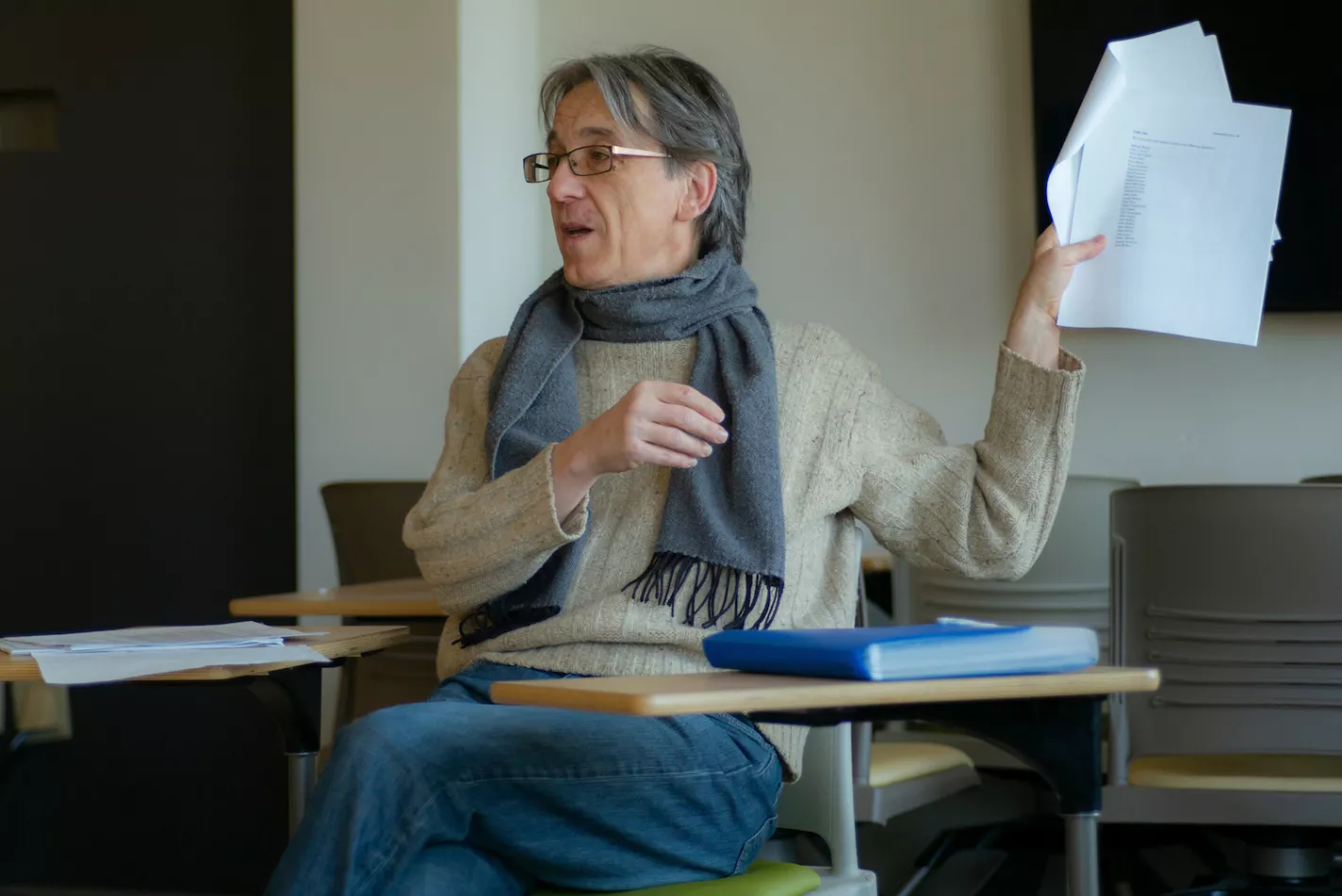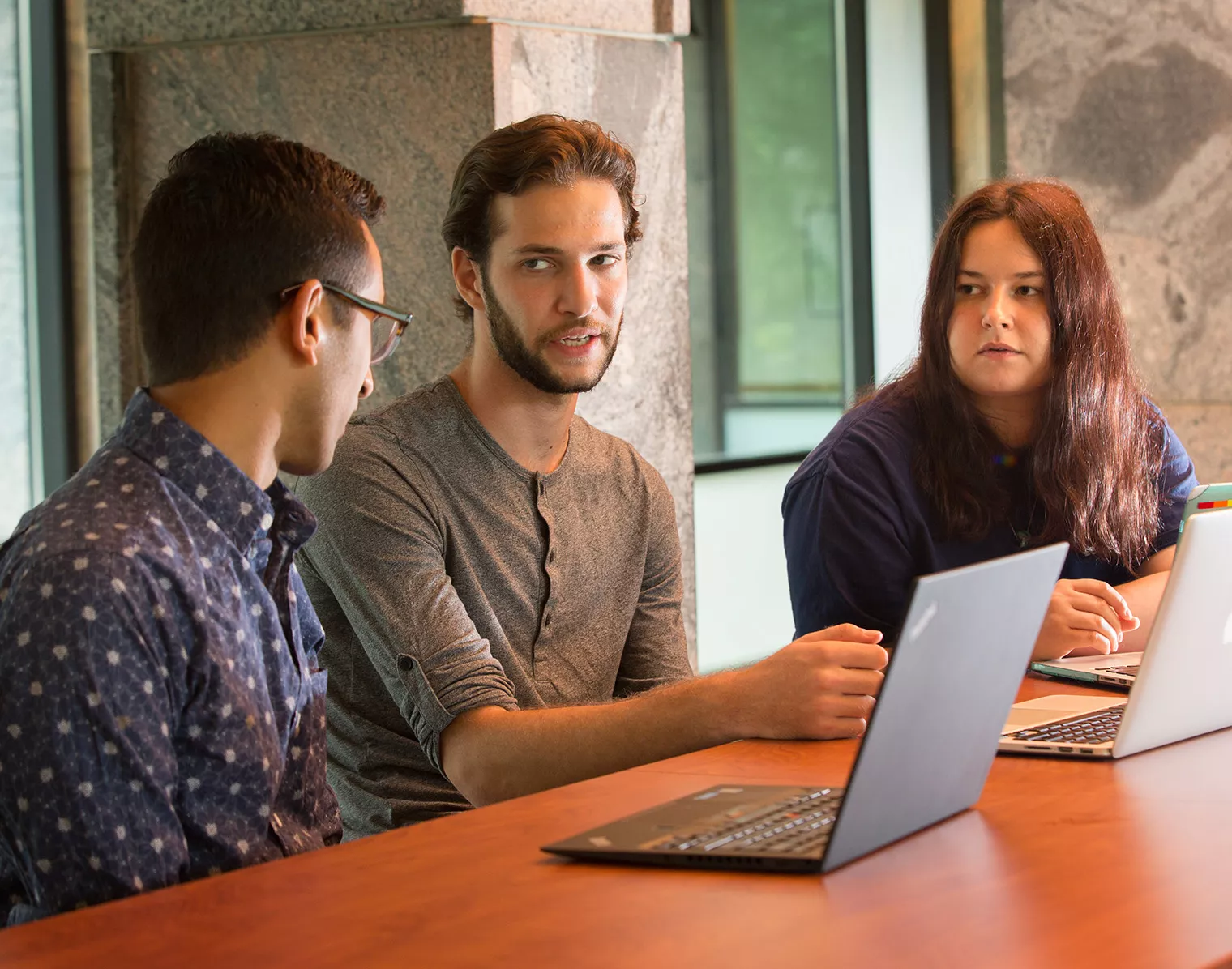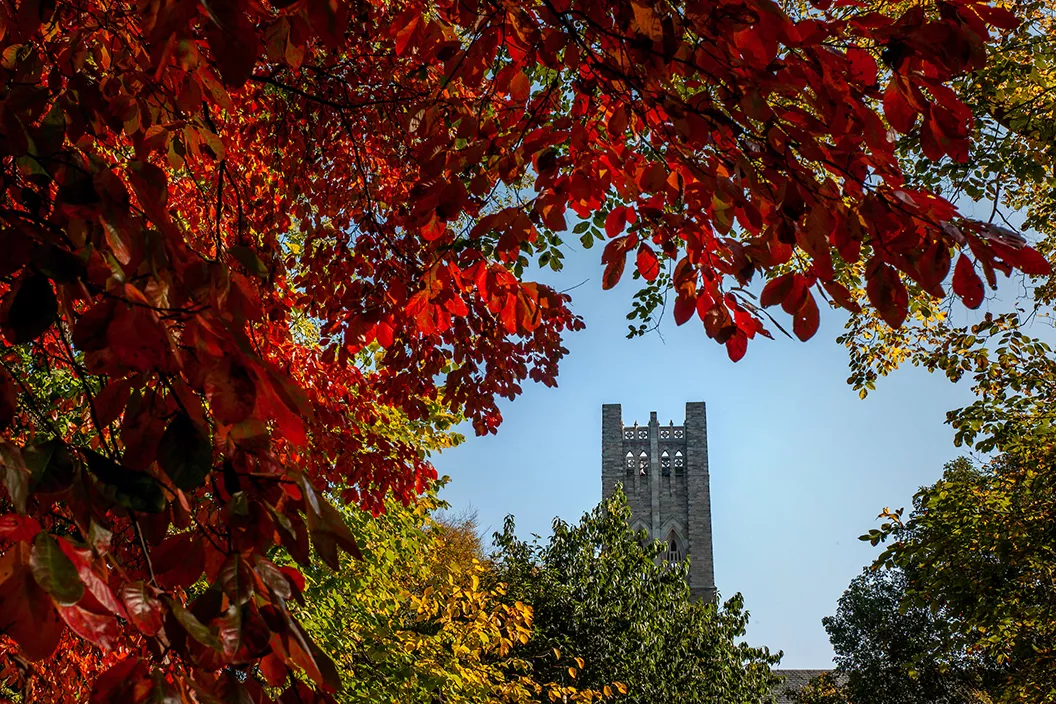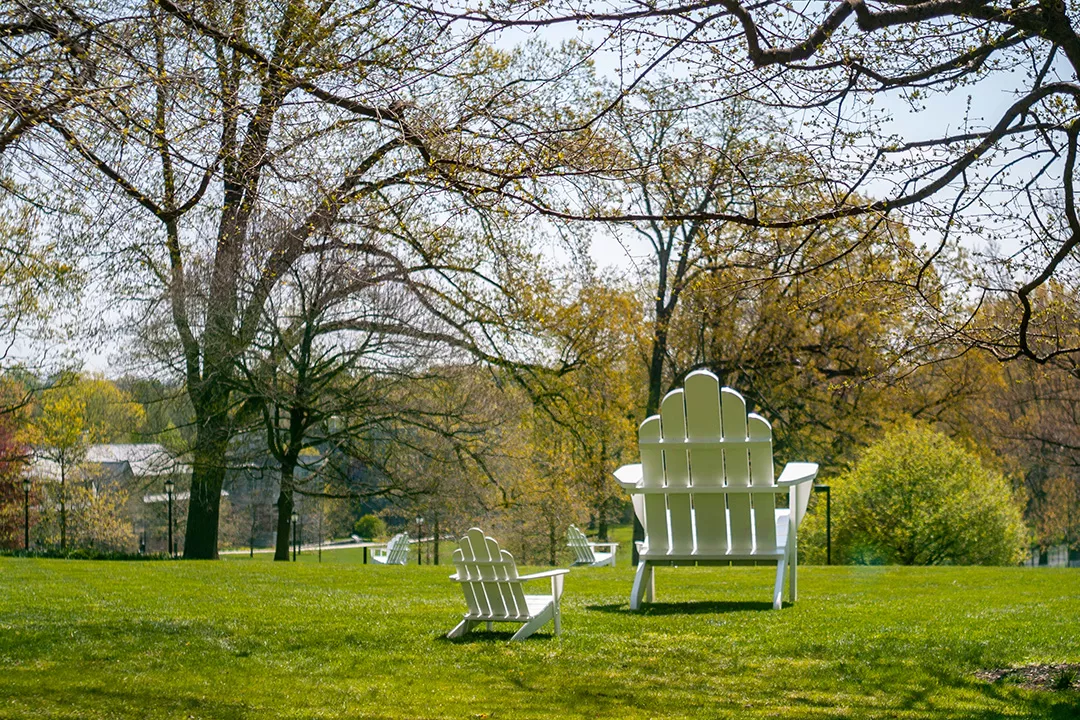Student & Faculty Research

A cornerstone of the Swarthmore experience, undergraduate research enriches both students and faculty. Approximately two-thirds of Swarthmore students participate in undergraduate research or independent creative projects with the support and mentorship of faculty members.
“My work with summer research students has not only led to co-authored publications, but it has also helped me develop lab activities for my courses and explore subfields of engineering I’d never worked in before,” says Matt Zucker, associate professor and chair of engineering. “Framing my research in the context of a student’s overall education almost always leads to new and helpful perspectives.”
Incredibly rewarding, engaging undergraduate students in research is often like “having several pairs of hands in the lab and helps to increase research productivity,” says Assistant Professor of Bioanalytical Chemistry Kathryn Riley ’10. “But beyond that, having extra eyes and minds in the lab adds a level of rigor to our work.
“Students observe things in their experiments that I may not observe,” she adds. “Together, we are better able to stay up-to-date on literature published in our field and come to a more complete understanding of others’ work and how it relates to what we are trying to accomplish. Finally, being a research mentor is an extension of my teaching. It’s exciting to see the students learn new laboratory techniques, present their work at conferences, and take pride in their research accomplishments.”








